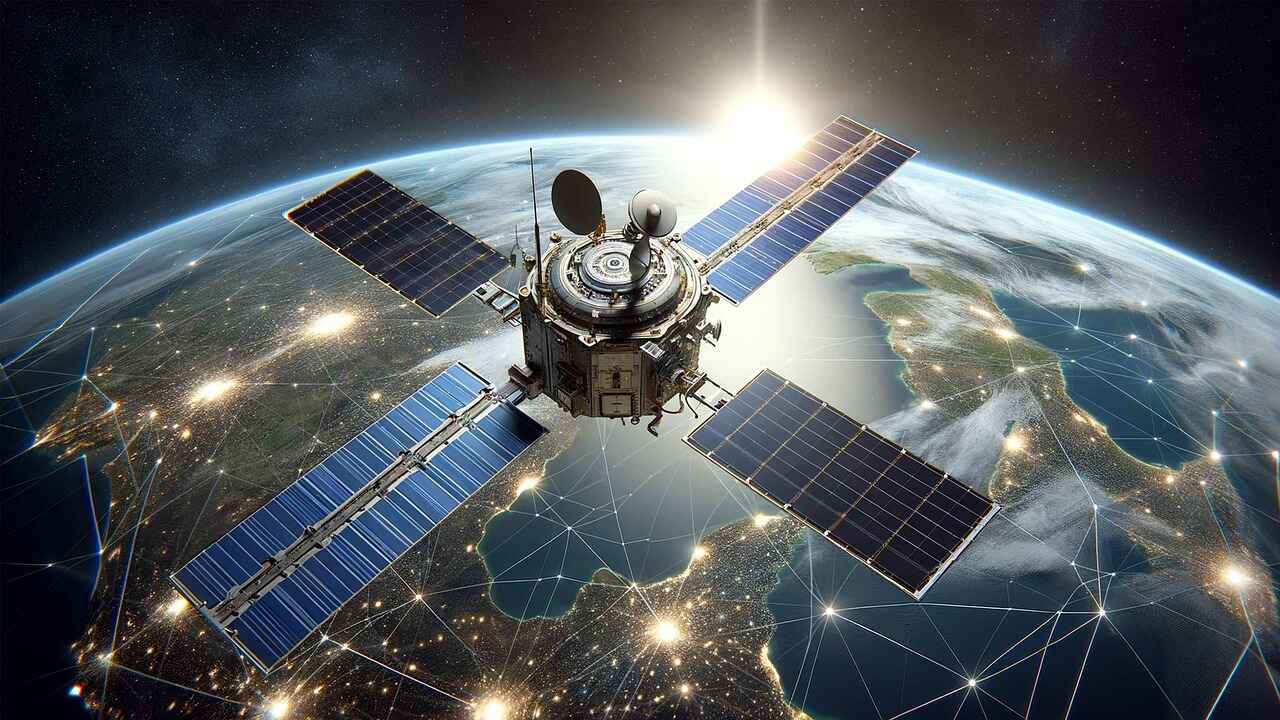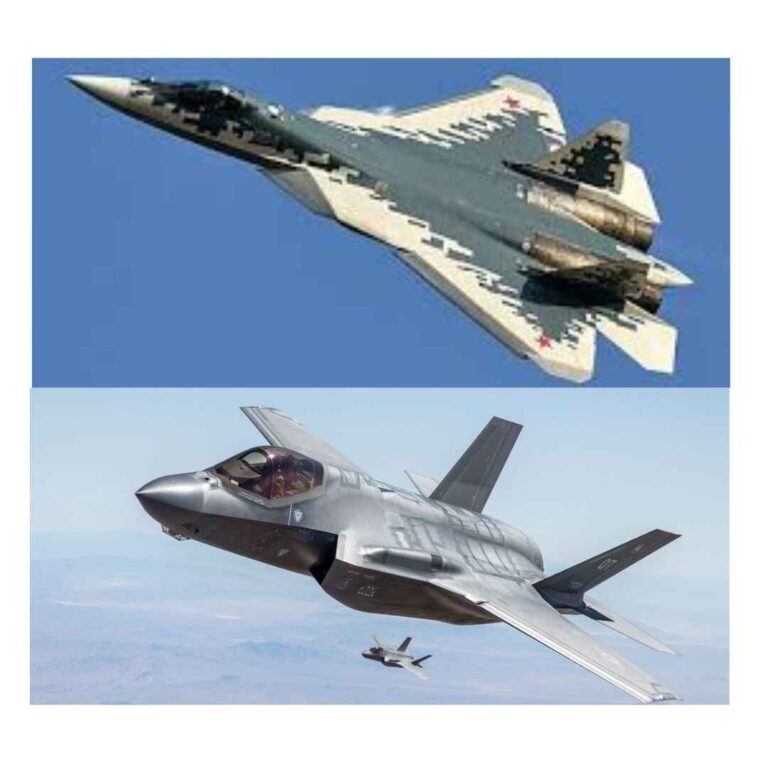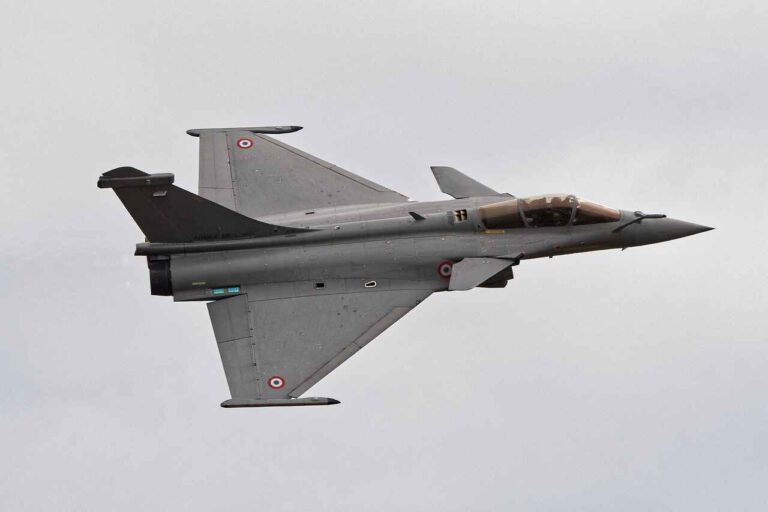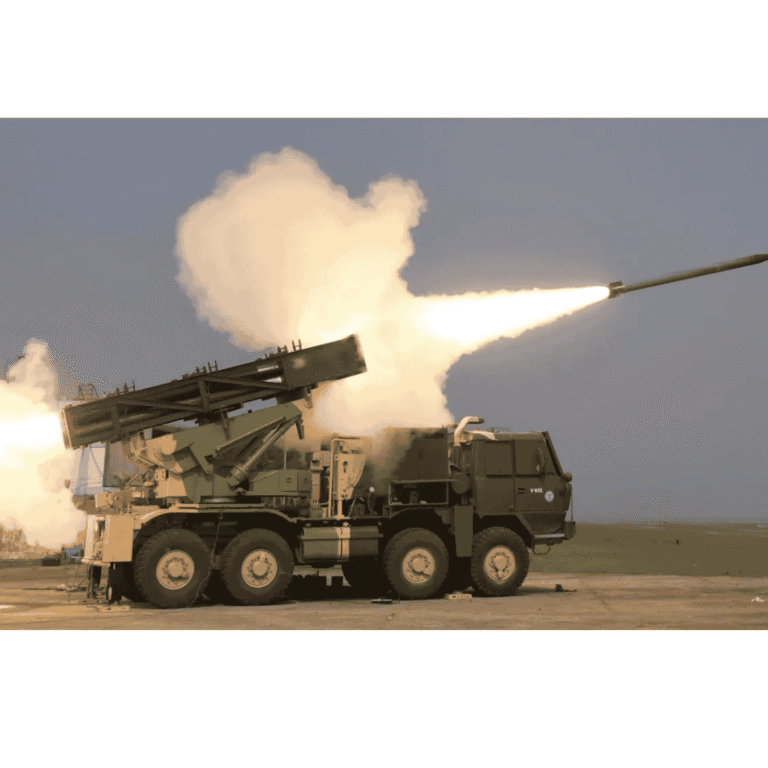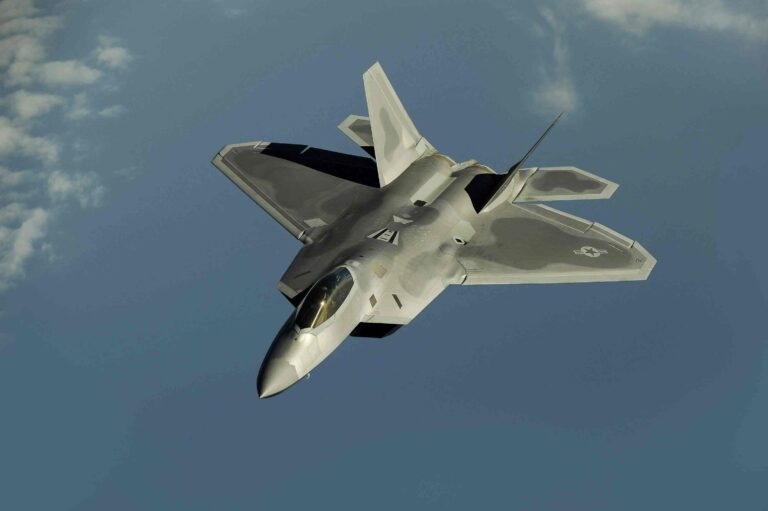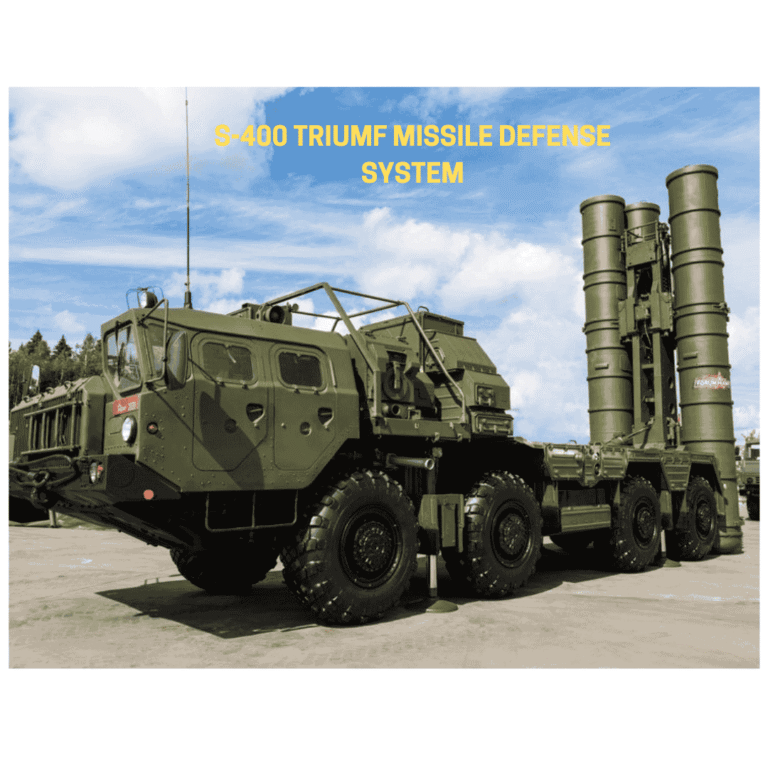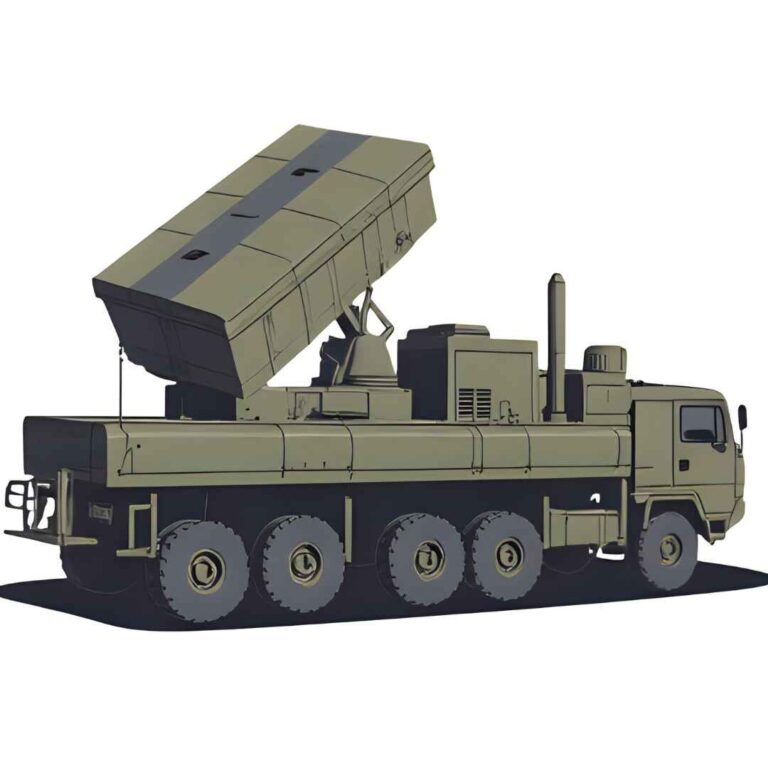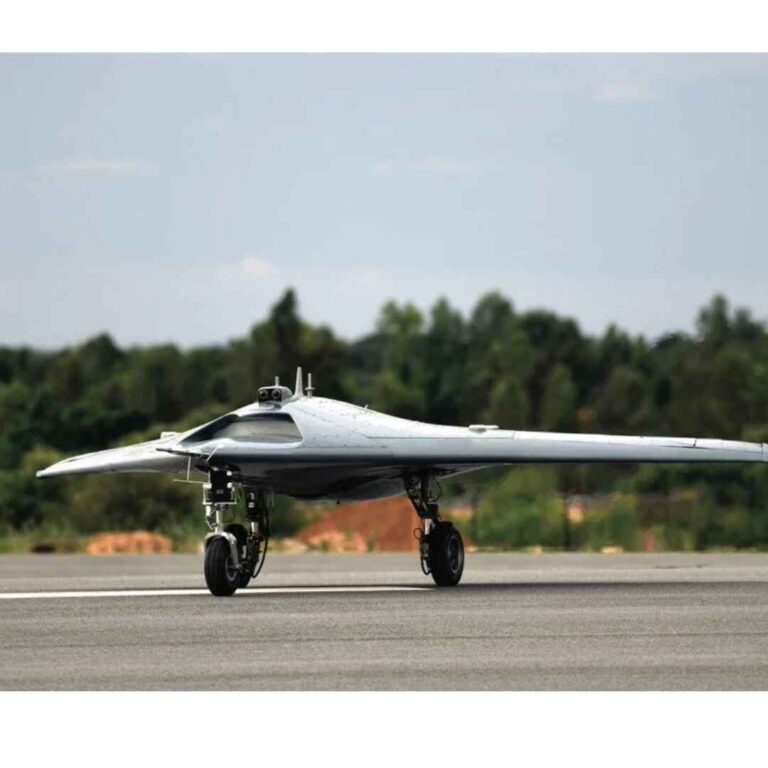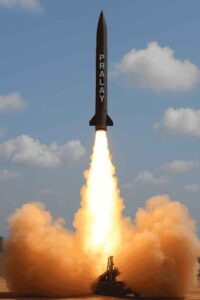Introduction
In May 2025, U.S. President Donald Trump announced the introduction of the Golden Dome, an ambitious space-based missile defense system. This initiative is specifically intended to safeguard the homeland against advanced threats, including intercontinental ballistic missiles (ICBMs), hypersonic missiles, and cruise missiles. The program is estimated to require an investment of USD175 billion over three years and aims to deploy a constellation of satellites equipped with sensors and interceptors capable of neutralizing threats during the boost phase. A preliminary allocation of USD 25 billion has been included in a comprehensive defense spending bill, although analysts suggest that the total cost could escalate into the hundreds of billions or even trillions over a two-decade timeframe.
The Golden Dome system is inspired by Israel’s Iron Dome; however, its scope is significantly broader, envisioning a nationwide defense shield rather than a localized system focused on short-range rockets. The system is designed to intercept missiles in space after their launch and to augment terrestrial defenses if initial interception attempts are unsuccessful. This approach enhances the concept of layered missile defense architecture.
Prominent defense contractors, including Lockheed Martin, Boeing, L3Harris Technologies, and RTX, are actively positioning themselves for roles in this innovative program. Initial designs reportedly involve leveraging existing technologies—such as PAC-3 missiles and Terminal High Altitude Area Defense (THAAD) interceptors—while integrating new components, including lasers, kinetic interceptors, and the Pentagon’s Discriminating Space Sensor (DSS).
A senior official from the Missile Defense Agency characterized the Golden Dome as “a generational leap,” asserting that the initiative has the potential to transform national missile defense through advanced satellite technology and AI-enabled command and control systems. Waivers have already been issued to facilitate accelerated prototype testing, although there remains skepticism concerning the associated costs, technical challenges, and potential risks of escalation.
Origins and Concept
The Golden Dome program represents the most ambitious missile defense initiative undertaken by the United States since the Reagan-era Strategic Defense Initiative (SDI), often referred to as “Star Wars.” Its conceptual foundations are rooted in the enduring concerns regarding strategic vulnerabilities to ballistic missile threats, particularly from nuclear-capable nations such as Russia, China, North Korea, and Iran. The recent advancement of hypersonic glide vehicles and maneuverable reentry vehicles has further intensified the perceived necessity for a space-based, preemptive missile defense system.
The urgency for this initiative was heightened following several unsuccessful missile tracking tests in the Indo-Pacific and Arctic regions during 2023 and 2024, which revealed significant limitations in existing detection systems for high-speed and low-altitude projectiles. As a consequence, the Missile Defense Agency (MDA), in collaboration with U.S. Space Command, commenced the drafting of plans for a space-based layer to enhance the United States’ missile defense architecture.
In early 2025, President Donald Trump issued an executive order soliciting detailed proposals for a next-generation missile defense shield. Subsequently, in May 2025, he unveiled the Golden Dome plan—an integrated system encompassing space-based sensors and interceptors designed to detect and neutralize aerial and missile threats on a global scale. He allocated an initial funding of $25 billion, with total project costs anticipated to reach $175 billion; however, Congressional estimates indicate that the expenses associated with space-based components could escalate to approximately $542 billion over a two-decade period.
Central to the Golden Dome initiative is the vision of a constellation of potentially thousands of satellites positioned in low Earth orbit. Each satellite will be outfitted with advanced sensors and interception payloads, including both laser and kinetic kill vehicles. This system is intended to engage threats during their boost phase, a period when projectiles are most detectable and susceptible to interception. The design embodies a multi-layered defense architecture that integrates space-based components with existing systems, such as PATRIOT, THAAD, Aegis Ballistic Missile Defense (BMD), and other advanced ground capabilities.
While the Golden Dome program draws inspiration from the successful model of Israel’s Iron Dome, it is markedly more ambitious. This initiative is designed not solely to protect urban centers but to establish a continental and global missile defense shield, offering protection against unconventional threats, including reentry from space-based warheads and hypersonic glide vehicles.
Advocates contend that recent advancements in satellite launch and manufacturing technologies—demonstrated by the expansion of commercial space networks such as Starlink—have rendered the implementation of such a system feasible. More than 360 companies submitted concept proposals to the Department of Defense, with defense contractors including Lockheed Martin, Boeing, L3Harris, Palantir, Anduril, and potentially SpaceX anticipated to play pivotal roles in the program’s development.
Technical Architecture
Space-Based Sensor Network
The Golden Dome initiative is centred around a constellation of potentially hundreds of satellites operating in low Earth orbit (LEO). These satellites are equipped with advanced infrared sensors and tracking capabilities. A central element of this initiative is the Hypersonic and Ballistic Tracking Space Sensor (HBTSS), developed collaboratively by the Missile Defense Agency (MDA) and the Space Development Agency. The HBTSS is designed to provide continuous detection and trajectory tracking of hypersonic and ballistic missiles throughout all phases of flight. Data captured by Medium Field of View (MFoV) sensors is efficiently relayed to ground-based intercept systems via Wide Field of View (WFoV) cueing satellites.
This sensor network forms an integral part of the Proliferated War fighter Space Architecture (PWSA), which encompasses up to seven interconnected layers: tracking, data transport, custody, battle management, navigation, deterrence, and supply chain resilience. This architecture aims to enhance operational effectiveness and maintain strategic advantages in defense capabilities.
Space-Based Interceptors and Boost-Phase Engagement
Golden Dome proposes the deployment of space-based interceptors, which could be either kinetic kill vehicles or directed-energy systems, such as orbital lasers. These interceptors would be designed to neutralize missiles during their boost phase—the period immediately after launch when the missiles are at their hottest and most manoeuvrable. This strategy represents a significant shift in policy toward the weaponization of space.
To achieve sufficient coverage, it may require thousands of orbiting interceptors. Some estimates suggest that as many as 16,000 interceptors could be necessary to ensure a seamless global capability.
Layered Defense Integration
The Golden Dome system is specifically designed to enhance existing missile defense systems rather than replace them. Its architecture incorporates space-based elements above a ground-based defense network that includes systems like PATRIOT, THAAD, Aegis Ballistic Missile Defense, and Ground-Based Midcourse Defense (GMD). In practice, if a missile is not intercepted in space, these terrestrial systems provide an additional layer of defense.
Furthermore, the system will integrate multiple data channels and command-and-control frameworks involving NORAD, SPACECOM, and the U.S. Missile Defense Command. This integration will enable seamless coordination from sensor detection to engagement, ensuring effective response capabilities.
AI and Real-Time Battle Management
To effectively manage incoming threats traveling at hypersonic speeds, the Golden Dome system will utilize AI-powered battle management systems that can identify and engage targets with minimal human intervention. This infrastructure is designed to operate across all domains—space, land, air, and sea—ensuring low-latency data processing and rapid decision-making.
Funding Tiers and Phased Architecture Options
Pentagon planners are reportedly examining several system configurations, categorized as Medium, High, and Extra High. Each tier includes an increasing number of interceptors and satellites. The costs associated with these configurations vary accordingly. The initial rollout requires a USD 25 billion down payment, with full deployment estimates ranging from USD 161 billion to USD 542 billion over a period of 20 years.
Logistics, Launch Platforms, and Industrial Participation
The ability to launch and quickly deploy will largely rely on commercial satellite infrastructure, such as SpaceX’s Starlink. Companies like SpaceX, Palantir, and Anduril are among the private-sector partners that have already shown interest. Additionally, established defense contractors such as Lockheed Martin, Boeing, L3Harris, and RTX are expected to manufacture crucial hardware, including sensors, interceptors, and command links.
Comparison With Other Defense Systems
| Feature | Golden Dome (USA) | Iron Dome (Israel) | S 400 Triumf (Russia) | THAAD (USA) | HQ-19 (China) |
| Operational Scope | Global (space, air, ground) | Tactical (short range threats) | Regional (medium to long range) | Regional/ Theatre level | Regional/ Theatre level |
| Target Types | ICBMs, Hypersonic, Cruise Missile, FOBS | Rockets, Artillery, Mortars, UAVs | Aircraft, Cruise Missiles, Ballistic Missiles | Ballistic Missiles (mid course) | Ballistic Missiles, Some Hypersonic |
| Detection System | Space-based sensors + AI integration | Ground based radar (ELM- 2084) | Nebo-M, 91N6E radar | AN/TPY-2 radar | Advanced phased-array radar |
| Interceptor | Multi-layered (space, ground, sea) | Tamir interceptors | 40N6, 48N6, 9M96 missiles | Hit-to-kill interceptor missiles | Hit-to-kill with limited hypersonic reach |
| Range of Interception | Up to 5000+ km (projected) | 4-70 km | Up to 400 km | Up to 200 km | 300-400 km |
| Altitude Coverage | Exo-atmospheric and endo-atmospheric | Low altitude | Low to High altitude (35 to 185 kms) | High altitude (up to 150 km) | High altitude |
| AI & Autonomy Integration | Advanced AI battle management & tracking | Semi-automated | Manual-AI blend | AI assisted targeting | AI assisted with centralised C2 |
| Launch Platform | Space, land (mobile and fixed), naval | Mobile land based | Mobile land- based | Mobile land- based | Mobile land- based |
| Mobility | High (Modular & distributed nodes) | High | Medium | High | Medium |
| Estimated Cost (Per Intercept) | USD 5 to 15 million (varies by layer) | USD 50000 – 100000 | USD 1-2 million per missile | USD 3 million | Not disclosed |
| Deployment Status | In development/ pilot phase | Fully deployed since 2011 | Fully deployed since 2007 | Operational since 2008 | Operational in limited numbers |
| Strategic Goal | Homeland and space-based deterrence | Civilian protection from regional threats | Strategic area denial | Theatre missile defense | Strategic regional coverage |
Conclusion
The Golden Dome initiative signifies a pivotal evolution in the United States’ approach to missile defense. This comprehensive strategy integrates capabilities across space, land, and artificial intelligence to establish a robust multi-domain shield designed to counter a diverse array of threats. As the proliferation of ballistic and hypersonic missile technologies continues alongside the escalating risks of cyber warfare and drone swarms, conventional terrestrial missile defense systems are increasingly facing limitations. The Golden Dome aims to address these challenges by utilizing satellite constellations, space-based sensors, autonomous tracking systems, and rapid-response interceptors across various altitudes and ranges.
From a strategic perspective, the Golden Dome extends beyond mere military advancement; it conveys a clear message to both allies and adversaries regarding the United States’ commitment to maintaining a competitive edge in an evolving global defense environment, particularly as nations such as China and Russia make significant strides in modernizing their offensive and defensive missile capabilities. In contrast to legacy systems like THAAD and Patriot, which are constrained by line-of-sight and atmospheric limitations, the Golden Dome adopts a deterrence-through-dominance doctrine, reaching into space and recalling the objectives of the Cold War-era Strategic Defense Initiative (SDI), albeit grounded in the framework of contemporary technological advancements.
Nevertheless, this ambitious initiative is not free from challenges. Concerns have been raised regarding the potential weaponization of space, budgetary sustainability, technological overreach, and the possibility of international destabilization. While NATO partners have displayed cautious optimism about the initiative, rivals such as China have critiqued the program, characterizing it as an effort to disrupt the global balance of nuclear deterrence, potentially leading to an arms race in outer space.
Geopolitically, the Golden Dome has the potential to redefine collective security frameworks. If effectively deployed and shared with allied nations, it may serve as the cornerstone of a new missile defense alliance, surpassing the limited coverage offered by current NATO initiatives. Furthermore, it could influence strategic doctrines related to first-strike survivability, compelling other nations to reassess their deterrence strategies.

